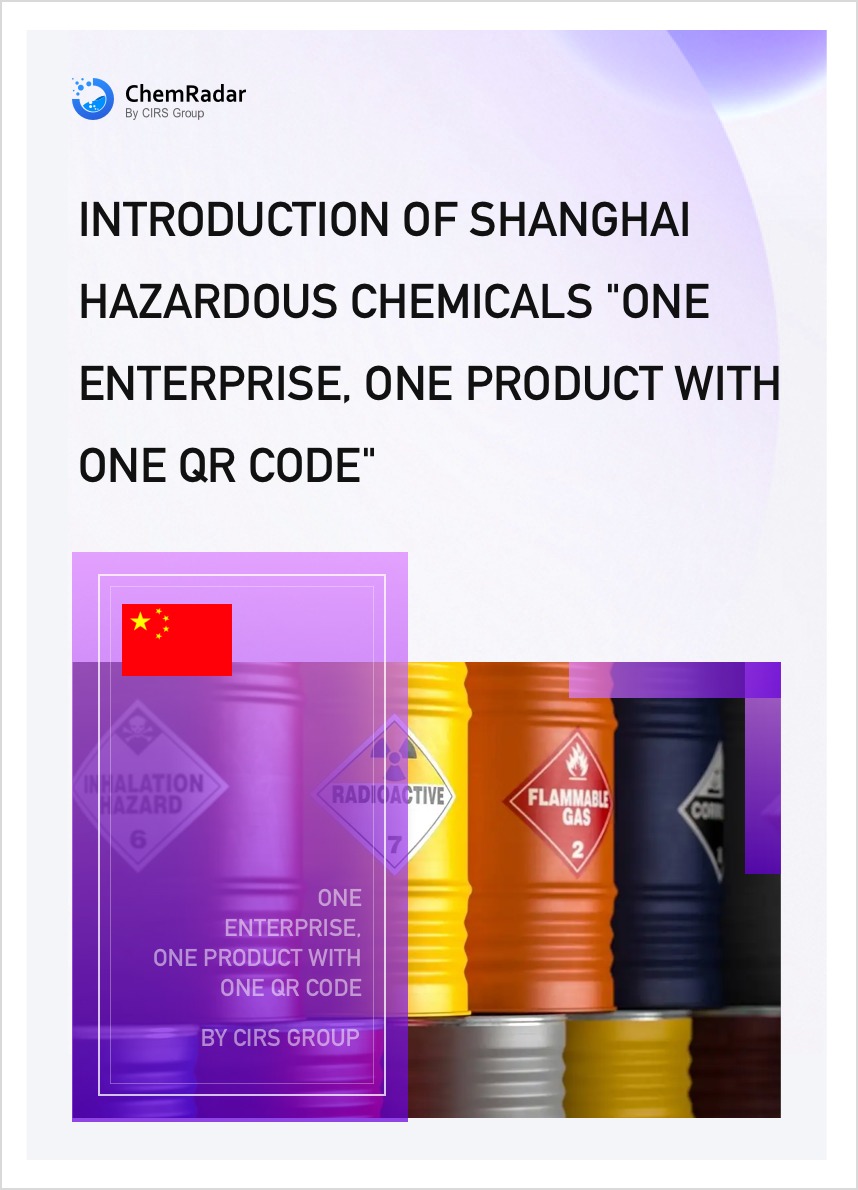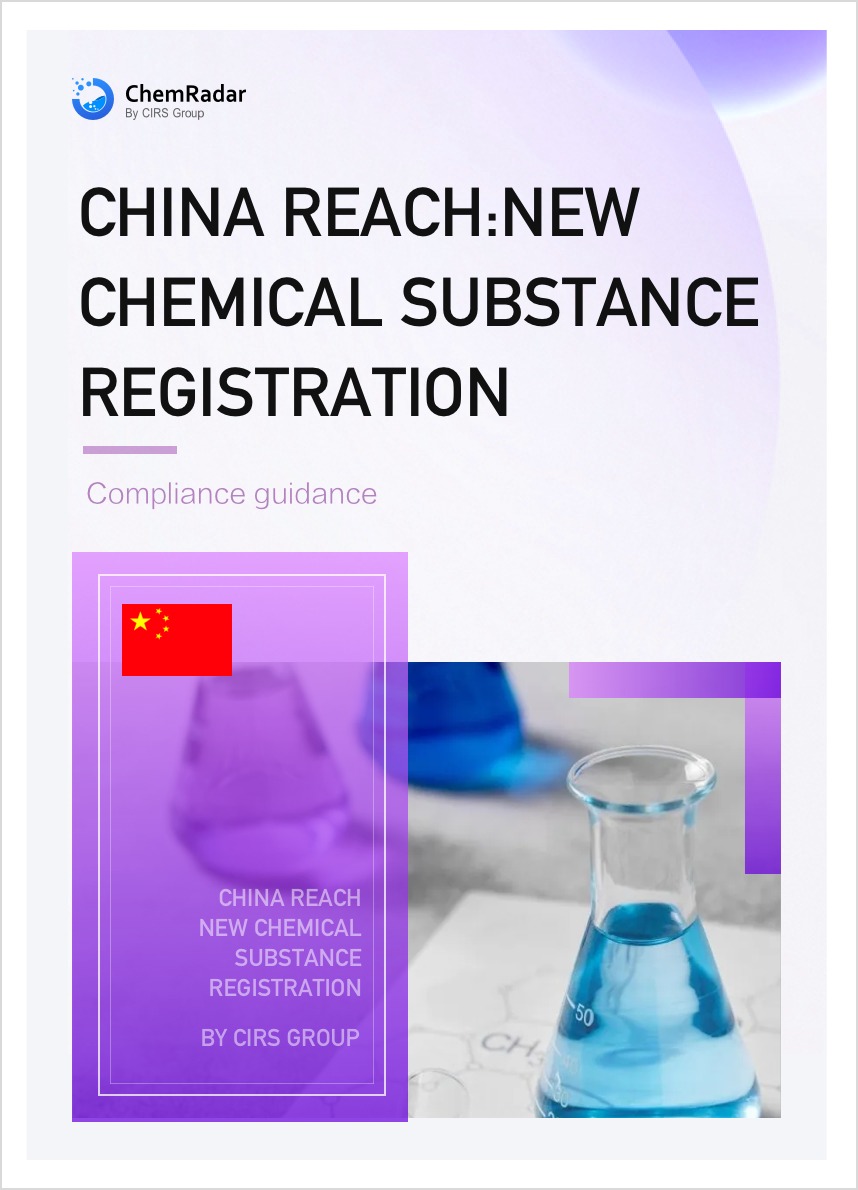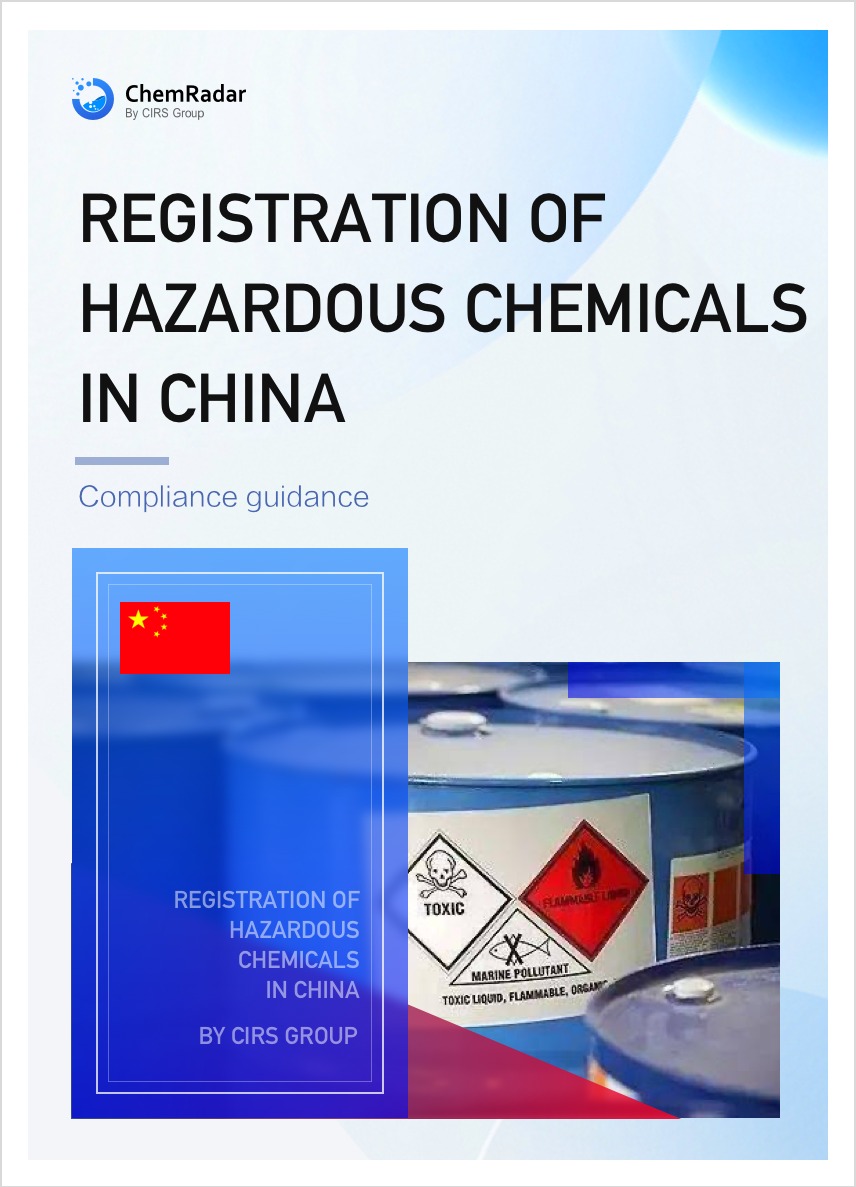On August 13, 2025, the Department of Science and Technology of the Ministry of Industry and Information Technology (MIIT) announced that, in accordance with the mandatory national standard development and revision plan issued by the Standardization Administration of China (SAC), it has completed the drafting of the mandatory national standard General Rules for Preparation of Chemical Safety Label (Draft for Comments). The draft standard and its explanatory notes (see Attachment 1) are now published to solicit further feedback from all sectors of society.
The public can fill out the Mandatory National Standard Feedback Form (see Attachment 2) and submit feedback via the methods described on the MIIT website between August 14, 2025, and October 12, 2025.
GB 15258 General Rules for Preparation of Chemical Safety Label (Draft for Comments)
Scope
This standard specifies the terms and definitions, label content, preparation, and use of chemical safety labels. It applies to the writing, preparation, and use of chemical safety labels. This standard will replace GB 15258-2009.
Drafting Principles
Drafted according to the GB/T 1.1-2020 Directives for Standardization—Part 1: Rules for the Structure and Drafting of Standardizing Documents, developed based on the requirements of the United Nations Globally Harmonized System of Classification and Labelling of Chemicals (GHS, Revision 10) and combined with the actual situation of domestic work.
Major Updates
- Addition of Hazardous Chemical Safety Information Code: Added the Hazardous Chemical Safety Information Code to the label elements. It stipulates that hazardous chemicals circulating domestically must provide this QR code or an integrated alternative before entering the distribution chain.
- Change in Order of Hazard Statements: All hazard statements on the safety label must be listed in the order: physical hazards, health hazards, environmental hazards.
- Addition of Labels for Small Packaging Chemicals: Chemicals in packages with a volume≤100mL may use simplified labels. Packaging chemicals that cannot directly affix a safety label due to shape/size restrictions or usage methods may use fold-out labels.
- Revision of Simplified Label Requirements: For chemicals in packages≤5mL, label elements can be simplified to include only the chemical identifier. However, the product's outer packaging must bear a full safety label containing all elements, and it must state that the small package should be stored within this outer packaging when not in use.
- Addition of Fold-out Label Requirements: Fold-out labels consist of a cover page, text pages, and a back page.
- Addition of Requirements for Safety Labels on Kit Packaging and Fold-out Label Usage: Inner packages within a kit must bear safety labels. The outer packaging, besides the kit name, supplier identification, emergency phone number, and reference information prompt, must also bear the safety label for each hazardous chemical within the kit. If the precautionary statements on the outer kit label are extensive, they can be separated from other label elements and grouped together on the same visible surface of the outer packaging, though safe storage measures need only appear once. If the outer kit packaging surface area is insufficient for all inner chemical labels, a consolidated safety label for the entire kit must be affixed. This label must include at least: chemical identifier, signal word, precautionary statements for safe storage, supplier identification, emergency phone number, and the prompt "See the enclosed complete safety labels".
- Addition of Examples: Added examples for fold-out labels (see Appendix A) and safety labels for kit outer packaging (see Appendix C).
- Deletion: Removed the appendix on precautionary statements for chemical safety labels (Appendix C of the 2009 version).
Comparative Analysis with International Standards/Regulations
- The technical content (label elements) of this standard is consistent with GHS (Rev. 10). The newly added element Hazardous Chemical Safety Information Code also complies with GHS (Rev. 10) sections 1.4.6.3 (Use of non-standardized or supplementary information) and 1.4.10.5.4.2 (Supplementary information), which allow supplementary information provided it does not contradict or reduce the effectiveness of the standardized hazard information.
- The EU's Regulation on Classification, Labelling and Packaging of substances and mixtures (CLP Regulation) underwent its latest revision in 2024, introducing provisions for digital labels to improve chemical hazard communication.
- The US Hazard Communication Standard (HCS) was updated in 2024 to align with GHS Rev. 7, incorporating some elements from GHS Rev. 8, and added an exemption for safety labels on chemical packages≤3mL.
Further Information



